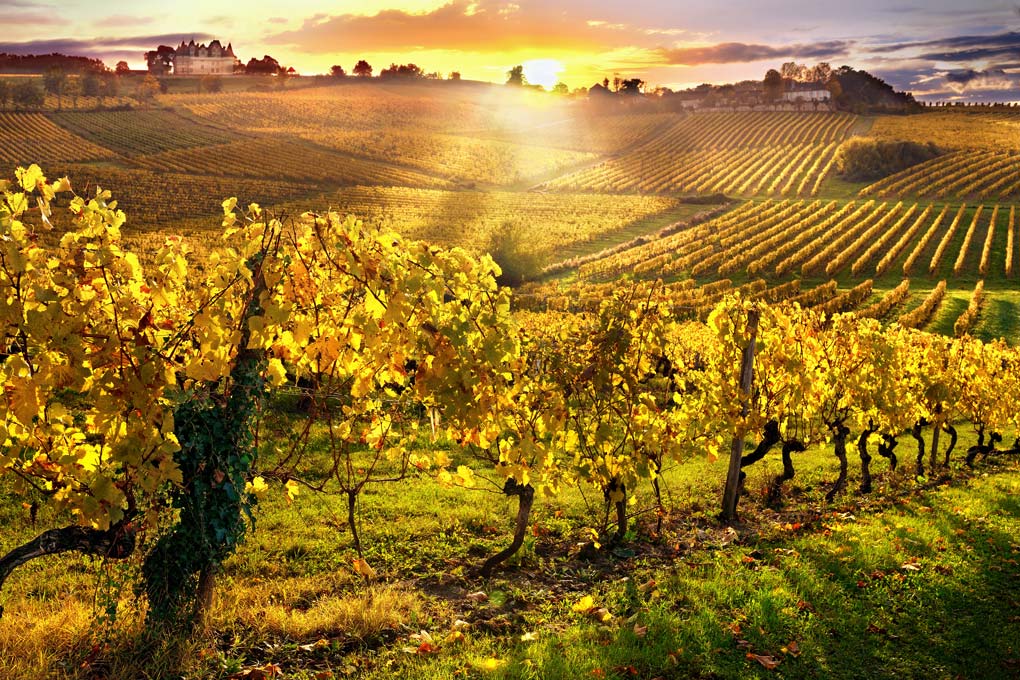The OG of Wine and Instagood Looks, Southwest France Has it All

The OG of Wine and Instagood Looks, Southwest France Has it All
You’ve sipped a juicy Malbec from Cahors; an elegant Négrette from Fronton; even chewed on the tannins of a powerful Tannat from Madiran. Perhaps you’ve craved an aromatic white from Côtes de Gascogne or a generous red from Saint-Mont. What do these wines have in common? Southwest France. This storybook region tucked between the Atlantic Ocean and the Pyrénées Mountains, receives more insta-admiration for its rural landscape and duck-driven gastronomy than its wines. Yet, southwest France not only boasts camera-ready beauty but hundreds of native grapes. In fact, southwest France is the OG of French wine. For dry whites and spicy reds? Look to Gaillac. Merlot, Cabernet Franc, Colombard: yes, yes, and yes. This diverse region is a true grape-meets-terroir destination.
Within seven sub-regions and 42 designated regions, southwest France accounts for 30% of the French grape diversity with 130 native grapes. From dry to sweet, light- to full-bodied, wine lovers enjoy exploring its breadth of styles. In addition to its superstar grapes, southwest France has a clutch of unique varieties sommeliers love pouring by the glass. Wines like Fer Servadou, Négrette, and Colombard. While diversity has its perks, abundance can also confuse. Rather than memorize every appellation or grapes, get familiar with these three wine regions and their instagrammable sites.
Gaillac
One of France’s oldest wine regions, viticulture in Gaillac stretches back to Roman times. In fact, the Gauls considered it a region of Grand Cru quality. Located northeast of Toulouse, Gaillac offers great value for its deeply-hued, spicy red wines. In fact, producers in neighboring Bordeaux once used Gaillac’s grapes to lend color and body to their wines. Today, Gaillac stands on its own for quality and character.
Key red grapes include Fer Servadou, Duras, and Prunelard, which can be blended together, but not always. Most consumers lack familiarity with white grapes Loin de l’Oeil and Mauzac though Muscadelle makes appearances in other French regions. Nonetheless, this trio produce dry white Gaillac while Mauzac is responsible for sparkling Méthode Ancestrale. Lovers of rosé and sweet whites will find delicious wines to drink, too.
Insta-friendly site: The Abbey Saint-Michel on the River Tarn
Madiran
Tannat is to Madiran as Malbec is to Cahors. Indeed, Tannat’s adopted South American homeland neighbors Argentina. However, Tannat’s legacy in southwest France is undisputed, with favored sites found at the foot of the Pyrénées in Gascony. It’s a bold wine that matches the locals’ ideology around food: more is more.
Dark-hued, tannic, and spicy, Tannat fights in the heavy-weight class. These powerful wines are capable of aging yet sometimes fail to soften. Because of its unique structure, Madiran has earned the attention of researchers and developers studying methods for rounding its tannins. The result of such focus: a renaissance of interest, improvement in quality, and a rash of highly-regarded producers. The region’s propensity for rich duck dishes and hearty wine confirms the adage: what grows together, goes together.
For those interested in sweet whites,Madiran also delivers. Look for the appellation Pacherenc du Vic-Bilh to discover late-harvest dessert wines made from grapes like Petit Courbu and Petit Manseng. Expect a rich, flavorful sip brimming with honey and tropical fruits.
Insta-friendly site: Winery Château Montus, set amidst the vines. https://www.brumont.fr/fr/#/Accueil
Bergerac
If the wines of Bordeaux elude you, especially on price, look to Bergerac. Wines approach a facsimile of its popular neighbor for a fraction of the price. Why? Because Bergerac remains an insider’s wine, despite recent, significant improvements in quality.
Bergerac’s mix of red and white grapes grow due east of St.-Émilion atop an escarpment of similar soil. Cabernet Sauvignon and Merlot, and Semillon and Sauvignon Blanc, comprise the region’s key dry red and dry white blends. Grab a seat in one of Bergerac’s medieval squares, a town known for art, history, and wine, and order a glass of the regional red or sip on a sweet white wine from Monbazillac. Half-timbered houses and lovely churches along the Dordogne River, provide a postcard-pretty setting without the tourist hordes.
Insta-friendly Site: The old town center of Place Pelissiere in the town of Bergerac.

